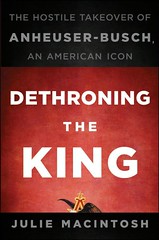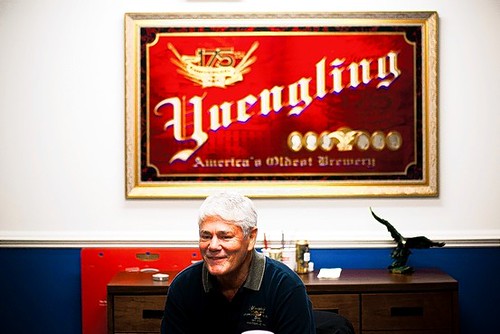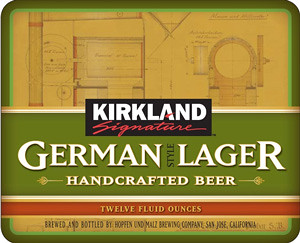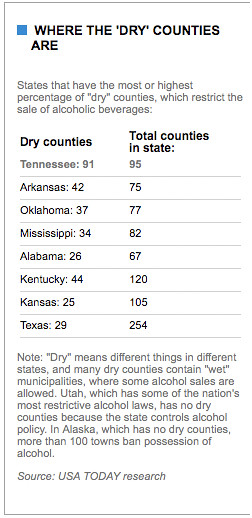
I got a review copy of the new book, Dethroning the King, which is all about the hostile takeover of Anheuser-Busch by InBev, a few weeks ago but haven’t had a chance to read it yet. It looks fascinating and I’m looking forward to devouring it as soon as I can. For now, I’ll have to make do with the Wall Street Journal review of the book, which only makes me want to read it more. Anybody else read it yet? Thoughts?










